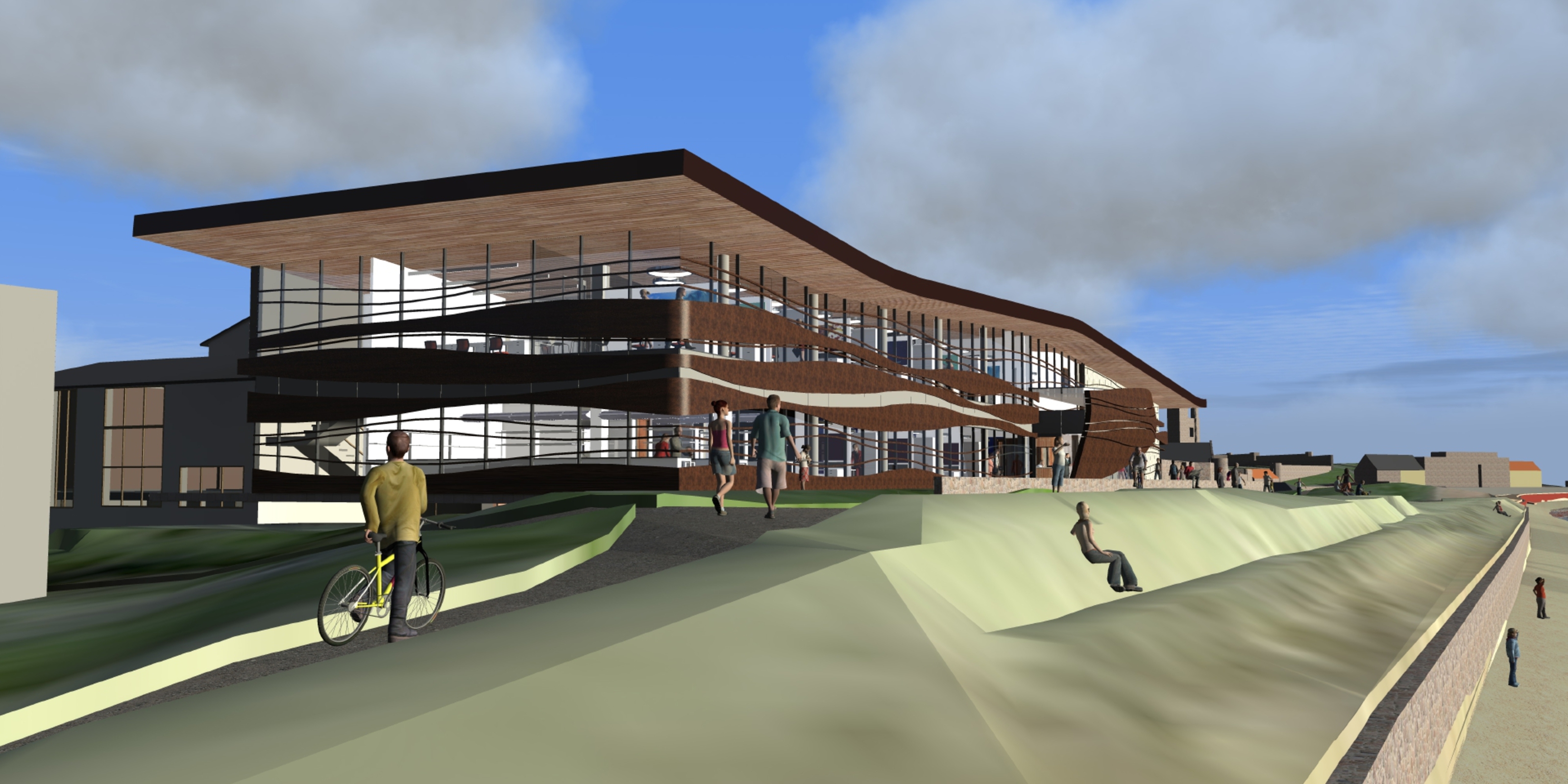Plans for a controversial new multi-million pound marine laboratory in St Andrews have been approved.
The state-of-the-art Gatty Marine Laboratory will be constructed at the East Sands following a meeting of Fife Council’s North East Fife Planning Committee.
The £10 million St Andrews University project had been contested by the town’s community council, however, councillors believed that construction of the new centre was justified.
To allow the new laboratory to be constructed, the current, internationally-renowned but outdated institute will be partially demolished from the same site.
St Andrews Community Council had objected on the grounds that the new development would fail to adhere to the East Sands Urban Design Framework, while Fife Council’s own heritage team had reviewed the application and recommended refusal, declaring the loss of the existing building as “regrettable”.
Once constructed, the new laboratory will be the permanent base of the Scottish Oceans Institute, which includes the world leading Sea Mammal Research Unit, and the executive office of the Marine Alliance for Science and Technology for Scotland (MASTS).
A new aquarium will cater for extensive environmental monitoring and control of temperature, lighting, pH, oxygen, salinity, ammonia and nitrates.
Specialist rooms with climate control will allow electronic and optical equipment to co-exist with culture facilities supplied with running seawater.
The building will also incorporate a Public Outreach Centre, allowing St Andrews to play a lead role in furthering people’s interest in, and understanding of, the oceans and the unique ecosystem of the North Sea.
However, while ultimately approving the plans, councillors were concerned about some of the materials that will be used in the construction process.
Resysta wood, made with rice husk, and Cor-ten steel, a metal known to deliberately rust, will be used on parts of the new institute, materials that are said to be sympathetic to the coastal setting.
However, councillor David MacDiarmid said that he did not believe that the building’s design would age well.
“They built a hotel in Dundee with old looking wood and I don’t think that sort of material is attractive.
“I know I’m a dinosaur but I cannot get my head around something that is meant to look old instead of brand new.”
jowatson@thecourier.co.uk.





